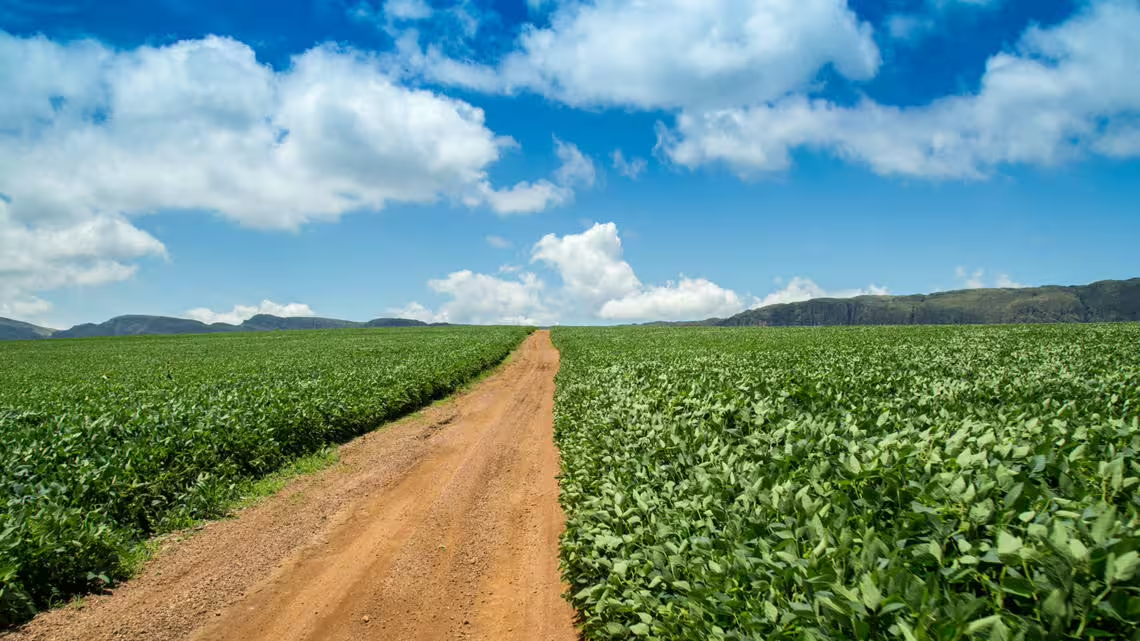Authors
The The Soft Commodities Forum
Leia em português – Ampliando Impacto: O Soft Commodities Forum Expande seu Escopo para Todo o Cerrado
The Soft Commodities Forum (SCF) announces its decision to expand land use monitoring and reporting to the entire Cerrado biome, covering over 200 million hectares (Mha). It is reinforcing its commitment toward forest-positive landscape transformation and the preservation of the Cerrado. Starting with 25 municipalities in 2019, the SCF’s monitoring and reporting included bi-annual reports on sourced soy volumes and farm-level traceability. These municipalities were selected to prioritize the SCF’s efforts in areas with the greatest deforestation risk linked to soy cultivation. By 2021, following a public consultation, the monitoring and reporting scope expanded to 61 municipalities, covering 26% of the Cerrado’s soy cultivation area and capturing a significantly larger portion of converted native vegetation.
From 2024 onwards, the SCF will further broaden its monitoring and reporting scope to the entire Cerrado biome and implement an enhanced risk assessment methodology for classifying non-traceable soy (outlined below). Moreover, to ensure transparency and comparability, the SCF will also report on the 61 municipalities using both the old and new methodologies in its 2024 report.
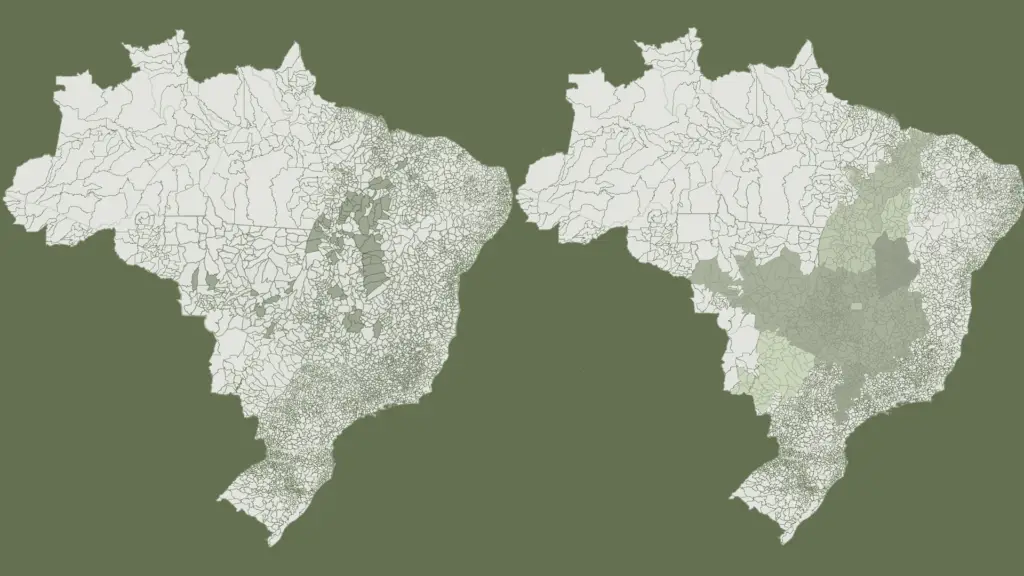
This effort broadened monitoring and reporting scope and enhanced methodology aligns with the Agri-trader Roadmap to 1.5°C. It strengthens the SCF’s ability to support forest-positive soy supply chains and promotes sustainable agriculture and environmental conservation in the Cerrado.
This expansion to the entire Cerrado is significant because the biome covers an area equivalent to the combined size of England, Germany, Spain, France, and Italy. This represents a remarkable 1,124% increase from the SCF’s initial 25 municipalities scope (17.79 million hectares).
Enhanced Risk-Assessment Methodology
The SCF’s Monitoring Land Use workstream initially assessed member companies’ direct soy sourcing in the Cerrado. In 2022, the SCF marked a significant milestone in its Deforestation- and Conversion-Free (DCF) journey by verifying each member’s DCF performance for direct sourcing and through a third-party verification process, using a dedicated audit protocol. Since its December 2022 report, the SCF also started reporting on indirect supplier engagement, paving the way toward enhanced supply-chain monitoring and traceability.
With the SCF’s 2024 land use monitoring and reporting expansion to the entire Cerrado, an enhanced risk assessment methodology tailored for indirect sourcing, will be implemented to optimize resource allocation by focusing on high-risk areas (municipalities with over 1% of their soy area produced on deforested or converted land) while still monitoring low risk, established agricultural zones. This strategic focus is intended to maximize the impact of the SCF’s resources in combating deforestation and conversion.
The new set of reporting indicators consists of seven indicators for direct and indirect sourcing:
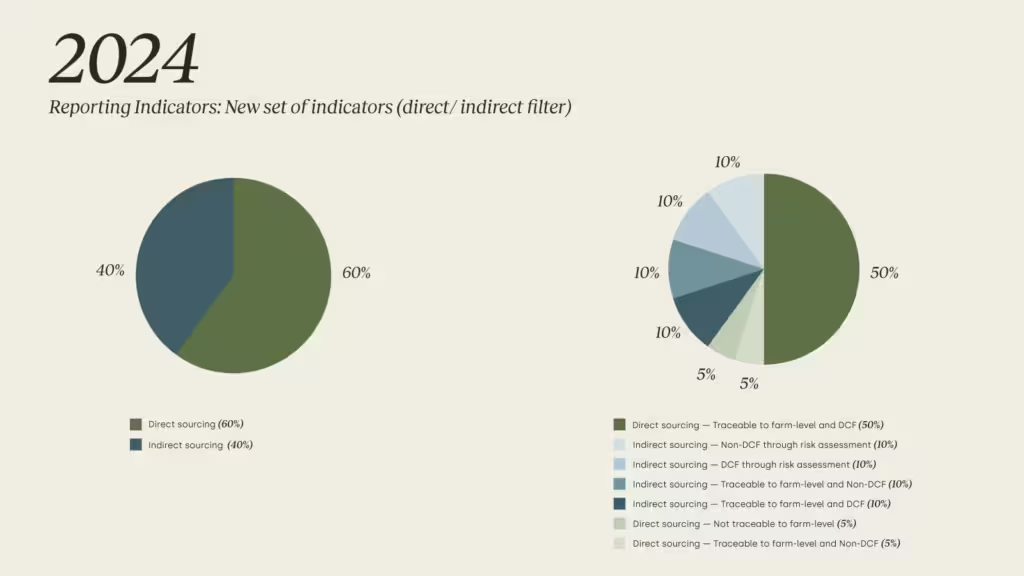
Additionally, the SCF prioritizes compliance with cropping polygons over entire farms for accurate monitoring and direct sourcing will require farm-level traceability to ensure DCF compliance.
For indirect suppliers, a new radius-based analysis will assess risk levels based on deforestation and conversion overlaps with soy cropsusing a specific threshold for considering soy volumes as DCF. To establish DCF compliance of indirect suppliers, traceability will be done to the sourcing farms, at farm-level for more accurate data. Alternatively, deforestation and conversion risk may be assessed by considering municipalities as DCF if soy production on deforested land is up to 1% of the total soy production area. For municipalities exceeding 1% soy production over deforested land, a 50km-radius buffer analysis will be applied to evaluate risk, categorizing a portion of soy received from these warehouses as deforestation-linked.
Partnering with indirect soy suppliers in the Cerrado, including soy resellers, cooperatives and third-party warehouses, presents a crucial avenue to achieving traceability of DCF soy sourcing. The 2024 enhanced methodology joins forces with other sectoral efforts to engage indirect suppliers to increase their traceability and achieve DCF performance.
The aim of the SCF’s scope expansion and enhanced methodology is to effectively monitor and verify DCF soy volumes across the whole value chain and to measure progress over time. In its upcoming 2024 annual report, the SCF will continue reporting its current methodology for the 61 focus municipalities while also incorporating the new methodology outlined above, covering both the 61 municipalities and the entire Cerrado.
This dual approach ensures transparency and comparability, including an enhanced risk assessment to classify non-traceable soy, providing stakeholders with clear sustainability credentials of sourced soy. To learn more about how the SCF efforts are contributing to more sustainable agriculture and protecting the Cerrado biome, read our latest progress report.
Related
Content
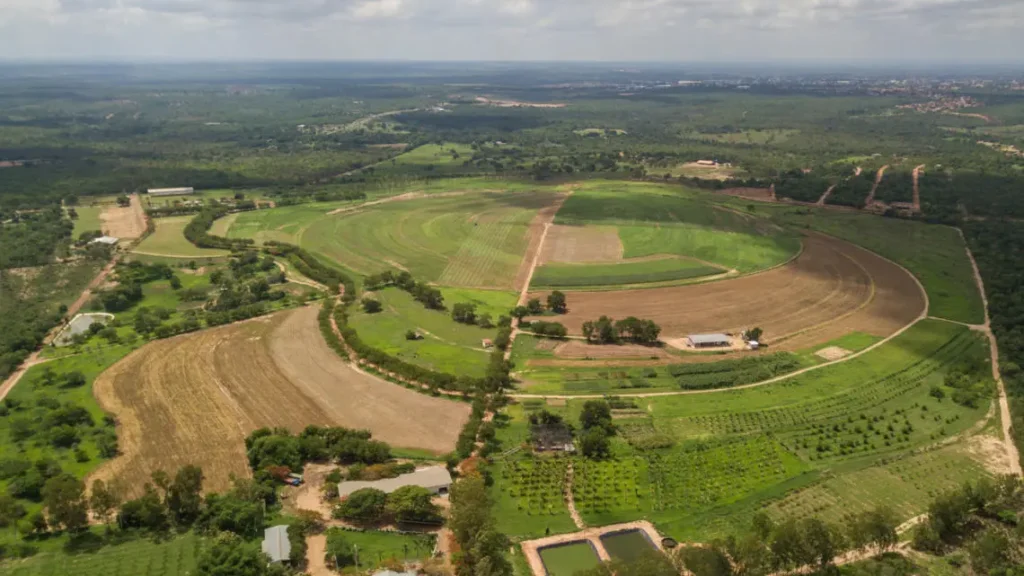
Members of the Soft Commodities Forum deliver progress on soy supply chain traceability to track deforestation and conversion risks in the Cerrado
16 December, 2021
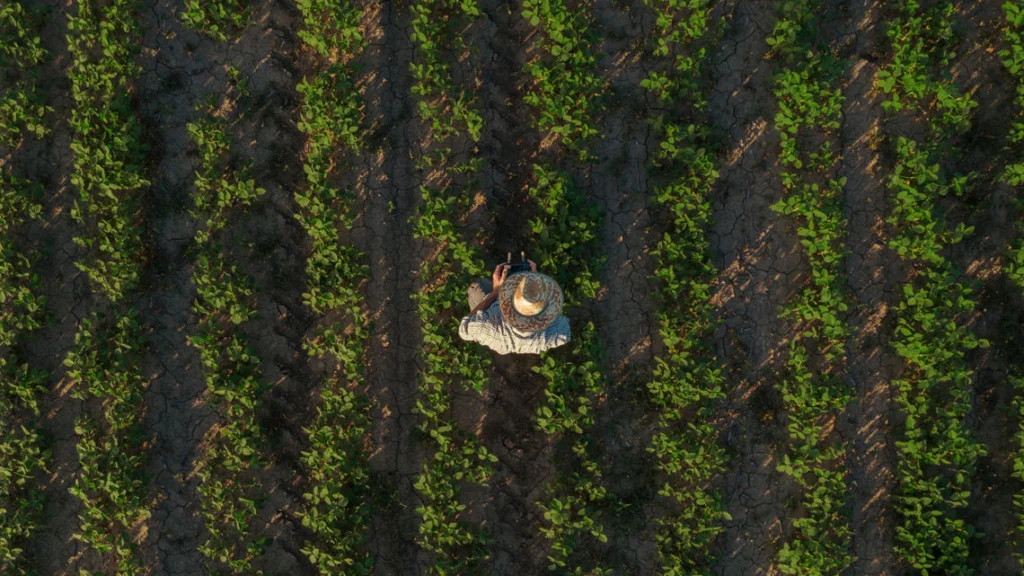
Cultivating Change: Preliminary Lessons of the Farmer First Clusters Initiative and Interactive Map
28 March, 2024
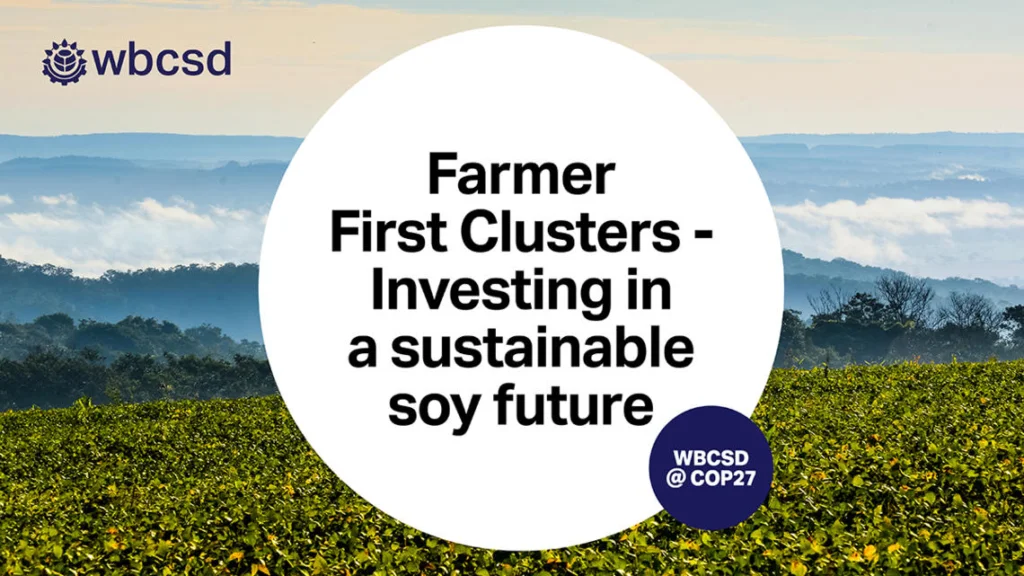
Six leading agribusinesses launch a financial model for deforestation-free soy in the Brazilian Cerrado
12 November, 2022

